|
I've noticed, for years, a preference towards realism in the students I teach. I've blamed this on a number of things - the way society views art, other teachers, even the kids themselves. But then I started thinking and I realized that the majority of Bootcamps I teach focus mainly on the observable. If I want kids to know something, it's my job to make sure they do. By modeling mainly making art from observation at the the beginning of the course, in my drawing and painting Bootcamps I've been the one setting the preference for realism. In trying to make sure they learned the "skills" that I felt like I should teach them I was setting a preference for realism. Suggesting or supporting other styles later was falling short for many of my students. The primary skill I want my kids to leave with is making the art they want to make. So I've come up with a new rule for myself: when I teach and model realistic art, I also have to directly teach methods artists use to go beyond what is directly observable. I can't assume students know or will try on their own. My job is to open as many doors as I can. The ChallengesThis realization came at the perfect time. My Art 3 class is working on figurative art, all proportion and sight measuring and composition so far. As they finished pieces in progress this week, I started class with three days of short challenges designed to elicit thinking beyond the observable, featuring student artists as experts. Day 1: SymbolismIn my Art 3 class I have three independent study students who excel at using the figure as a basis for abstraction. I asked these kids to share how they add to the figure as the basis of the challenges. First was the artist pictured above, who talked about how he adds symbolism to his figures, based on feelings or emotions. Day 1 Challenge: Open the social media platform of your choice and draw the first figure you see with added symbolism for 10 minutes. Day 2: Patterning and ColorFor day 2, Bre talked about how she abstracts the figure, adding patterns and bold color or value. Day 2 Challenge: Pick one image from a magazine and draw it, adding arbitrary color/ patterns. Draw with marker for 10 minutes. Day 3, ProportionOn day 3, Kayla talked about her amazing, cartoon-inspired style and how she plays with the proportions of both humans and animals. Day 3 Challenge: Play with proportions to draw a 10 minute self portrait. These three challenges were short, but, in my opinion, very powerful. They each represented a new way at looking at the figure, a possibility with potential. Potential was there for me, too. I've realized that I need to adapt all my Bootcamps to include experimenting with style and I've started thinking about how that will look as Art 1 is introduced to acrylic paint next week. I'm excited about what's next.
1 Comment
Drawing the figure is kind of a big deal. It's often a huge challenge, even for kids in advanced classes, to master. Plus, the figure is so central to multiple forms and styles of art. But is seems hard and it's scary, which makes figurative art the perfect place for my advanced class to start. They do, I've decided, need to start somewhere. With three teachers who all do things differently in my school, it's not feasible for me (or them) to start the course with all the doors open. We build up to that together. So, we start with figure drawing, and spend a few weeks there. I use it as a foil for introducing a variety of media through figure drawing sessions, which helps me really get a feel for who my new students are and what they know. We focus on proportion and sight measuring in these figure drawing sessions and I limit the use of pencil to help kids focus on seeing, not erasing. Here is a list of drawing challenges we start class with, typically spending between 10 to 20 minutes and having students take turns modeling.
On Monday, I'll challenge them to add non-observable elements to the figure, like expressive color, non-human features or to abstract the body. I notice that when I directly teach realism I also have to directly teach how to use that knowledge in less realistic ways or many kids never try. We also work on longer drawings. I started the class with a short, mixed media hand study. This gave me the opportunity to evaluate how each student drew and painted, information that helped my plan the rest of the unit as well as other experiences. Next, kids spent a class or two drawing a huge image with a partner to investigate proportion, creating in whatever media they wanted. This took longer than I expected, but provided focused conversations, full of analysis about proportion, which made it time well spent. Also, this year we visited the drama class, who modeled for my students, acting out the words my kids planned to illustrate in any media. These expressive portraits are in progress and wonderful. The start of an expressive drawing. On her blog, she writes this: "We've spent the last two weeks focusing on composition and proportions, as well as using the figure expressively. I've become much more confident in drawing realistically, which is something I've never really explored. I feel much less intimidated in Art 3 and like I'm on a more level playing field than i thought i would be."
Learning about the art of the past becomes distinctly memorable when we help kids connect what they've learned to their lives today. So, what would Prehistoric art look like today? To help my art history students think about this we started by identifying limitations. Prehistoric artists, we agreed, faced the following challenges: - They were limited to materials they could find in their environments. - They had to design ways to apply these materials or use their hands. - They had limited time and resources to dedicate to artmaking, so they focused their imagery on things that were really important to them. With these limitations in mind, I asked my kids to bring in non-art materials that could be used to mark on paper, as well as a means to apply them. On challenge day we had a range of media, including pesto, carmex, hair dye and sprinkles, although the less prepared had to forage for mulch on the school grounds. There were no bison or fertility goddesses in our creations! Netflix, iphones, pets and favorite foods were popular images. Drawing with chapstick worked surprisingly well, but suspending food dye in vaseline and painting with peanut butter were less successful. This beloved pet was created with the contrasting combo of honey mustard and jelly. At the end of it all, we learned that making art is hard and sometimes messy when you have to forage for your own supplies. My kids left this experience with a new sense of how much time and skill it took early humans to form images, and how important it must have been for them to dedicate their limited resources to creating.
Also, my classroom still smells like pesto . I taught art history for the first time last winter. It's a subject matter I'm oh so passionate about but I found that teaching it sucked much of the joy away. Part of it was the hours and hours of preparation - I had no text book, like many teachers in my state that has cut the budget for materials again and again - so I was spending hours compiling my own materials and creating all my own assignment. This type of work was exhausting, but more that that, I realized that I didn't like what I was teaching. It was all about me. I was selecting the artists to focus on and doing all the heavy lifting of researching, summarizing and adding historical context so I could present what I deemed important to my lovely students, who took diligent notes. The focus of the class was on what I did and what I said. My students were, for the most part, in a passive role, taking notes. How could this create deep, lasting learning or foster a love of the subject? I realized that I needed to stop doing all the work. Instead, I started to plan how my class could look like this: I wanted the class to look like me briefly introducing the unit or topic, then students spending the majority of time working in groups to research, analyze and present content. This is giving up a lot of control, but with control comes ownership. I wanted this content to be ours, not just mine. However, I needed a way to give direction to students' research and consistently focus presentations on key concepts. I turned to the AP art curriculum framework and found exactly what I was looking for with these three essential questions. From these big ideas and the individual standards that follow, I identified six areas where my class could focus their learning: Content, Context, Form, Function, Tradition and Change. We spent the first few days of class learning about what these ways of viewing art mean, then I asked student groups to apply their knowledge by creating presentations about how these ideas were present in a range of Western art periods. This activity, I hoped, would give students a preview of content that we'd later learn in depth, but more importantly, give them an opportunity to apply what they'd learned about the six categories that make up the foundation of the class. So students watched videos from Khan Academy Art 1010 to provide an overview of their assigned period and used the Heilbrunn Timeline to research in more detail and find images to use. Here are some examples of slides one group created. As I listened to the presentations I noticed that the approach I used helped the groups take a complex subject and make sense of it. I liked how this structure allowed students to identify the information that was important to them instead of being limited to my interpretations and preferences. I also noticed that some students needed a bit more support to understand what I'm looking for in each category. To help make what I'm looking for clear, I'm planning to create a research and note taking document.
All in all, I'm excited about how this new class structure will impact student learning. |
Mrs. PurteeI'm interested in creating a student student centered space for my high school students through choice and abundant opportunity for self expression. I'm also a writer for SchoolArts co-author of The Open Art Room. Archives
December 2019
Categories
All
|
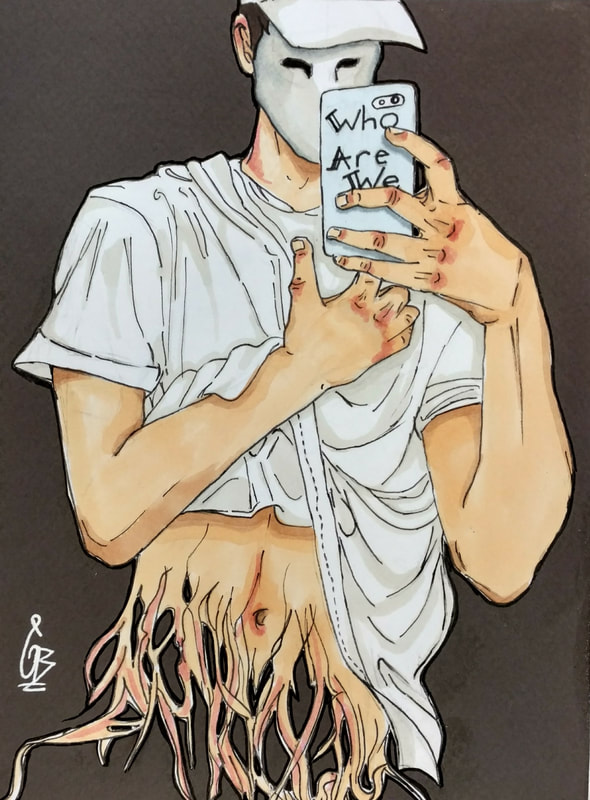
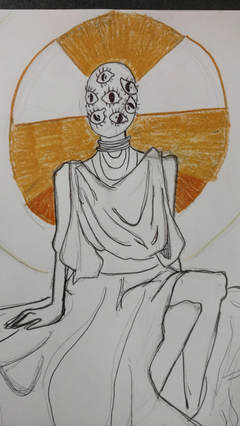
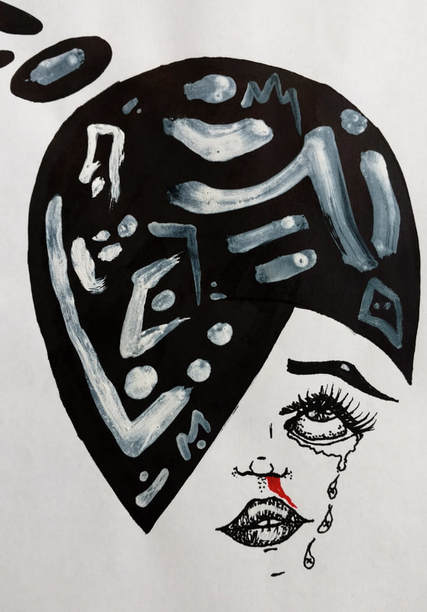

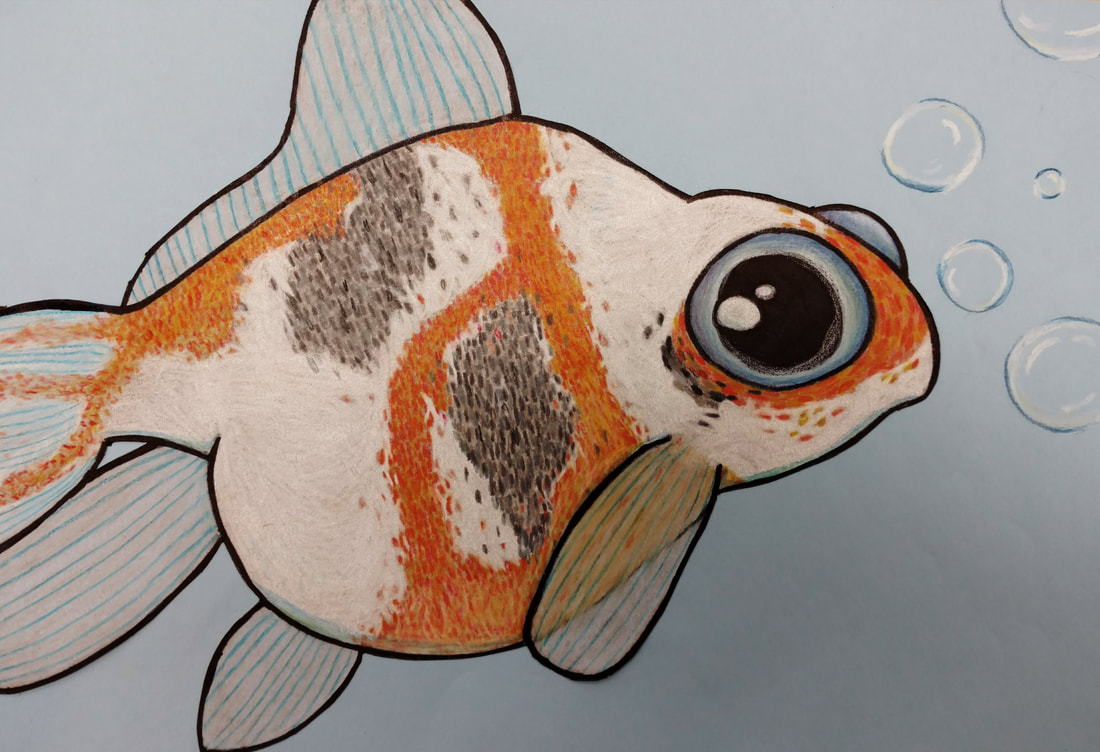
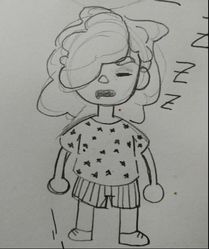

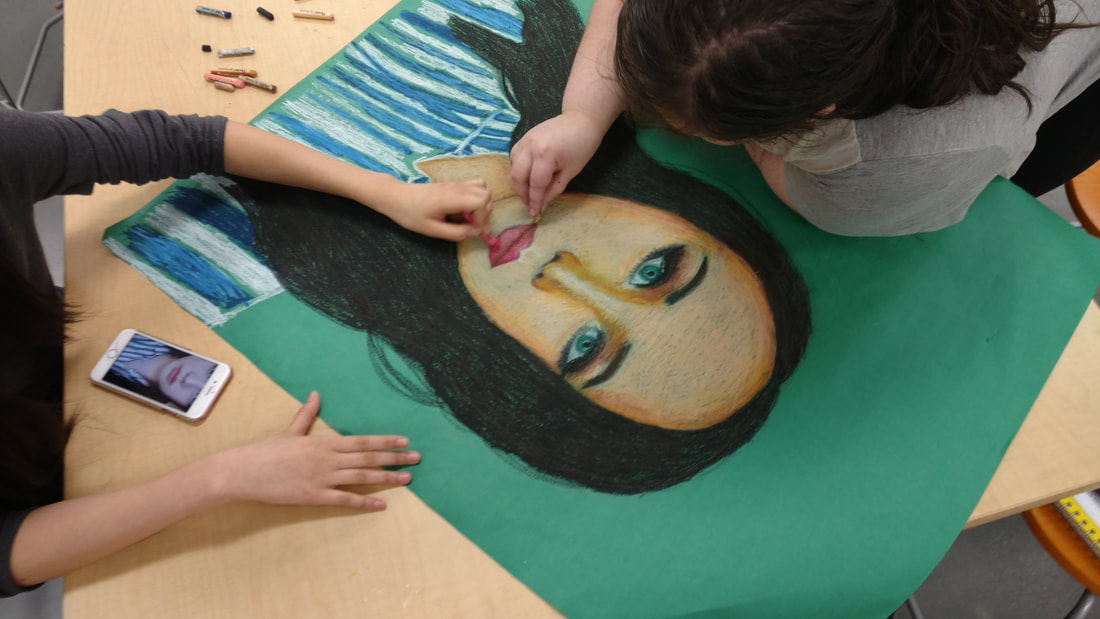
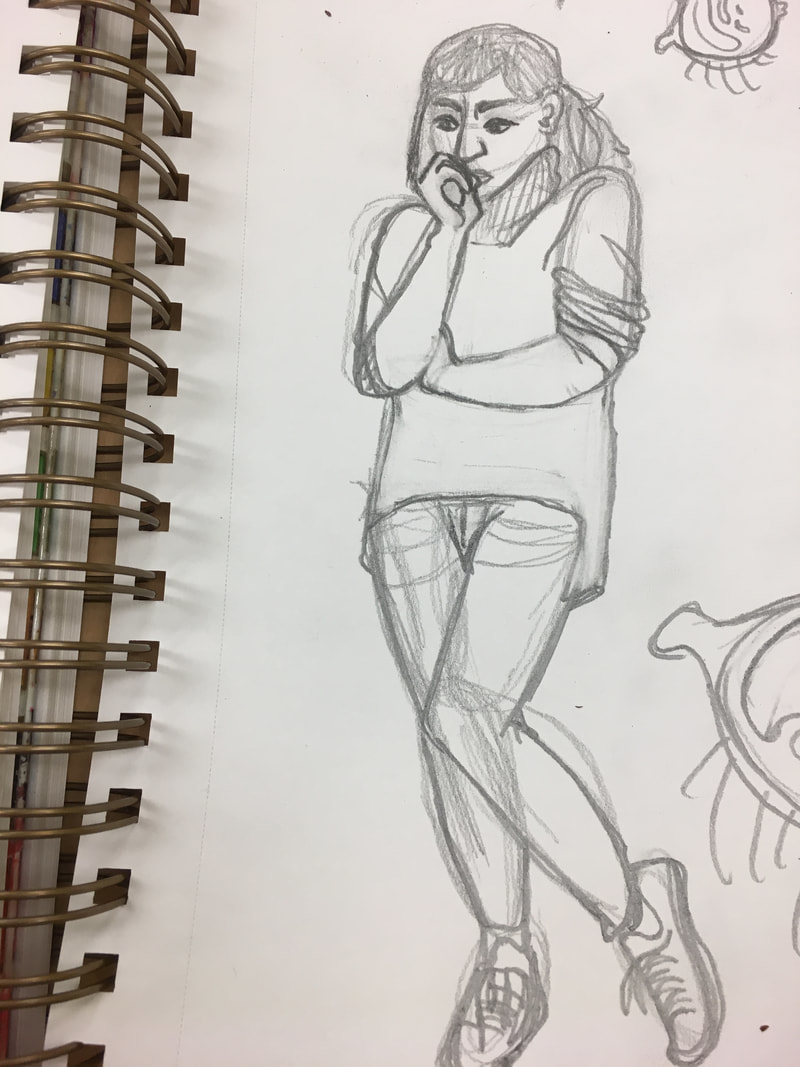
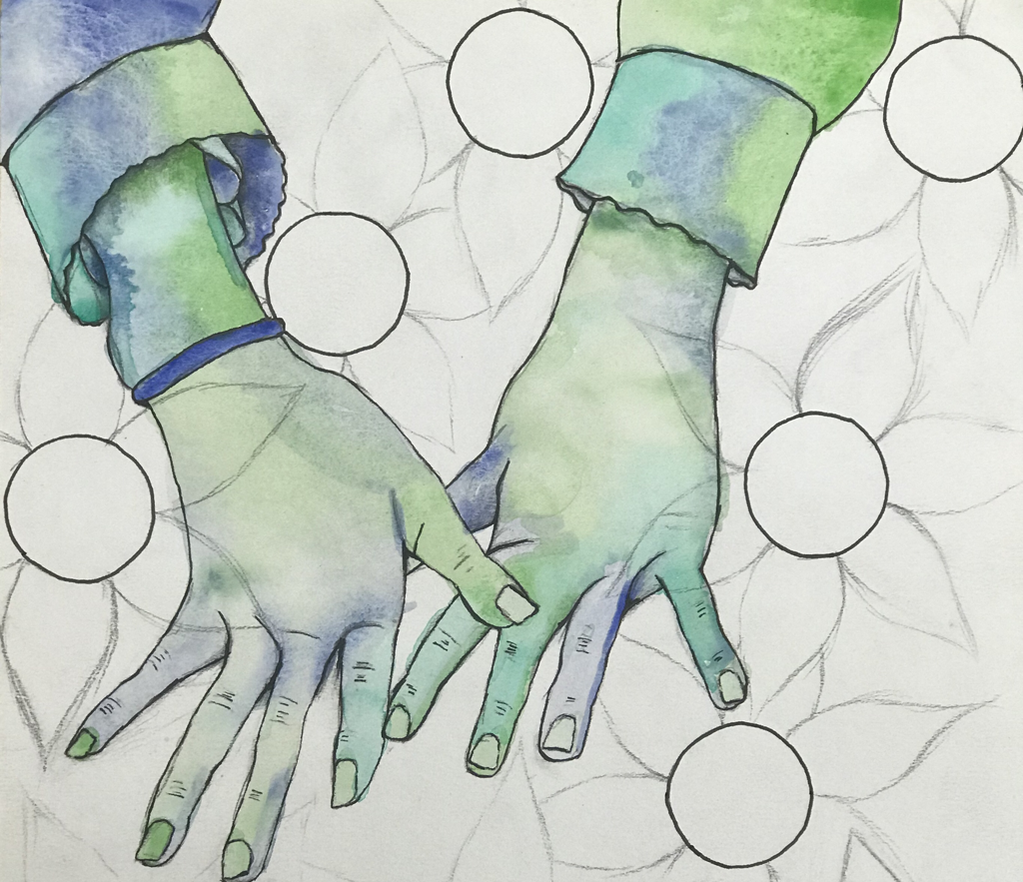
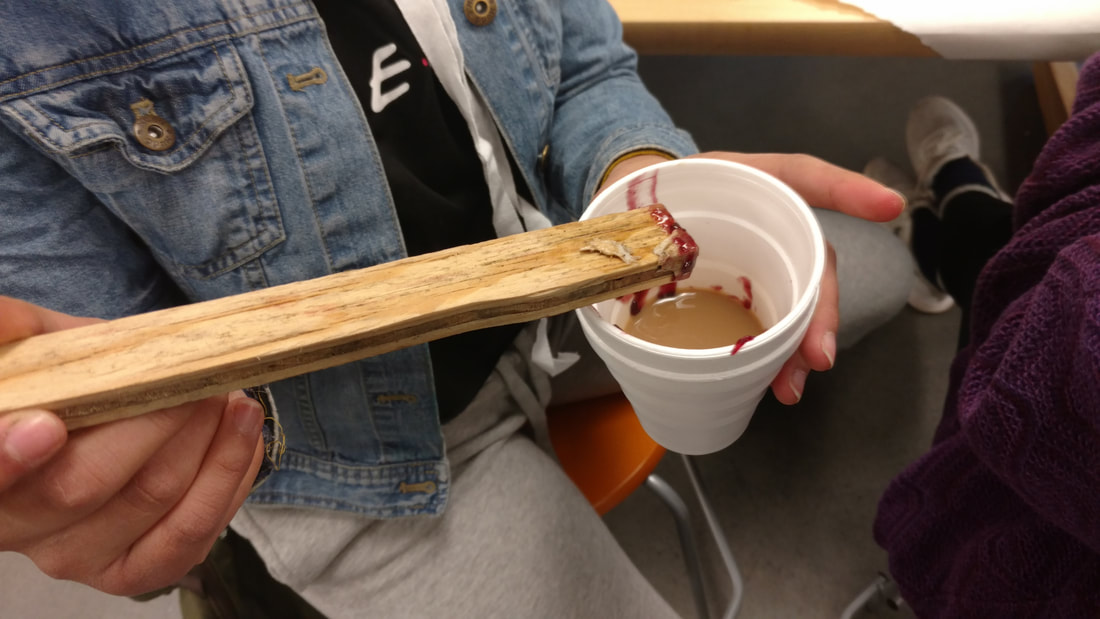

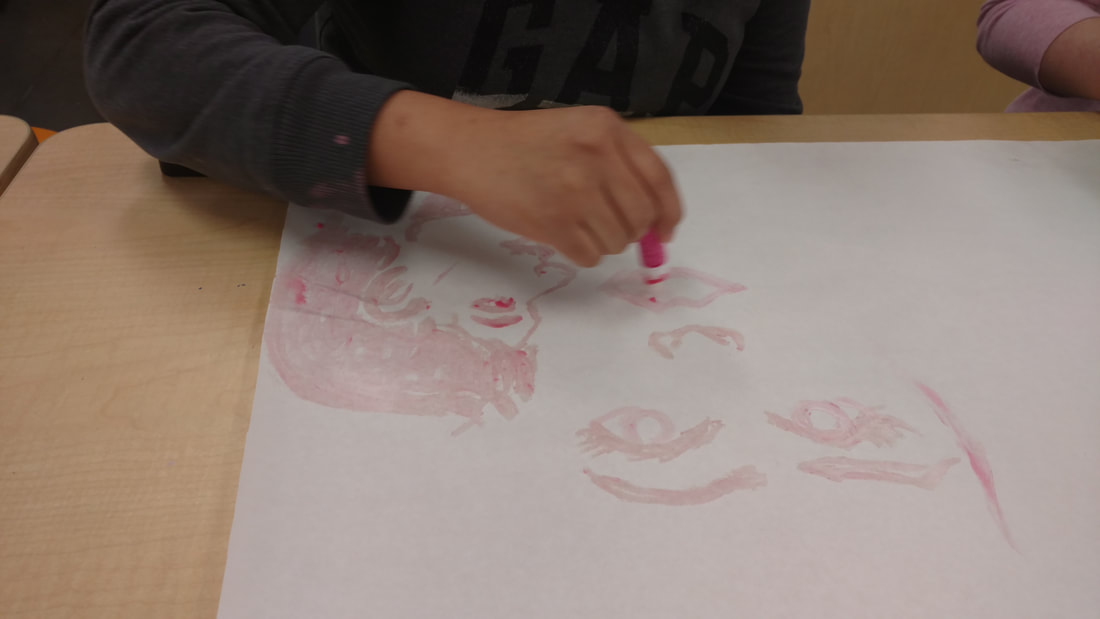
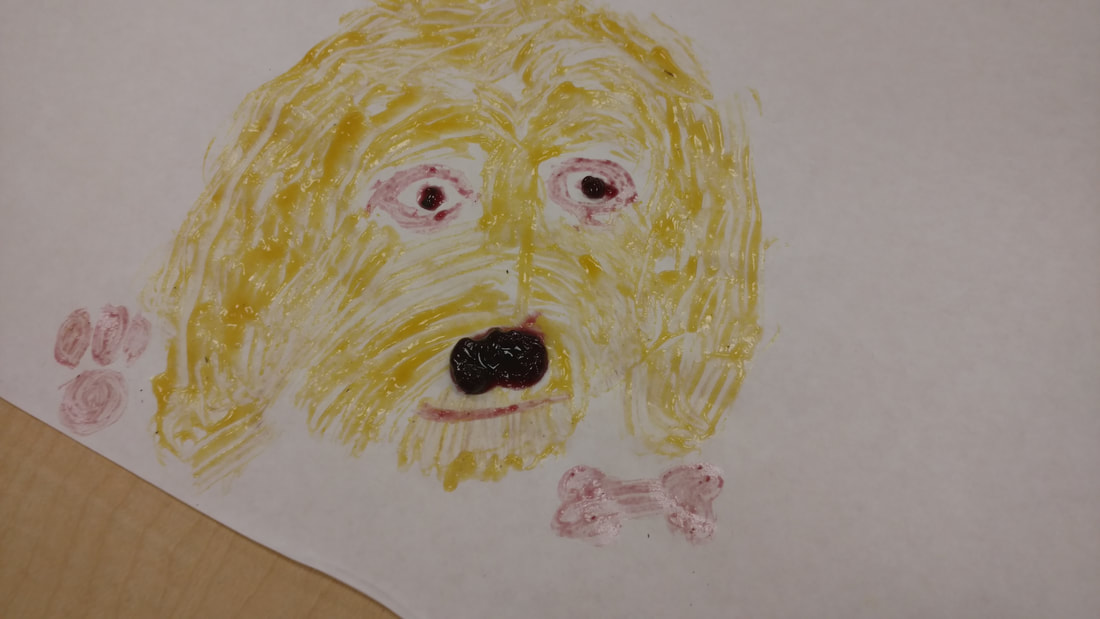
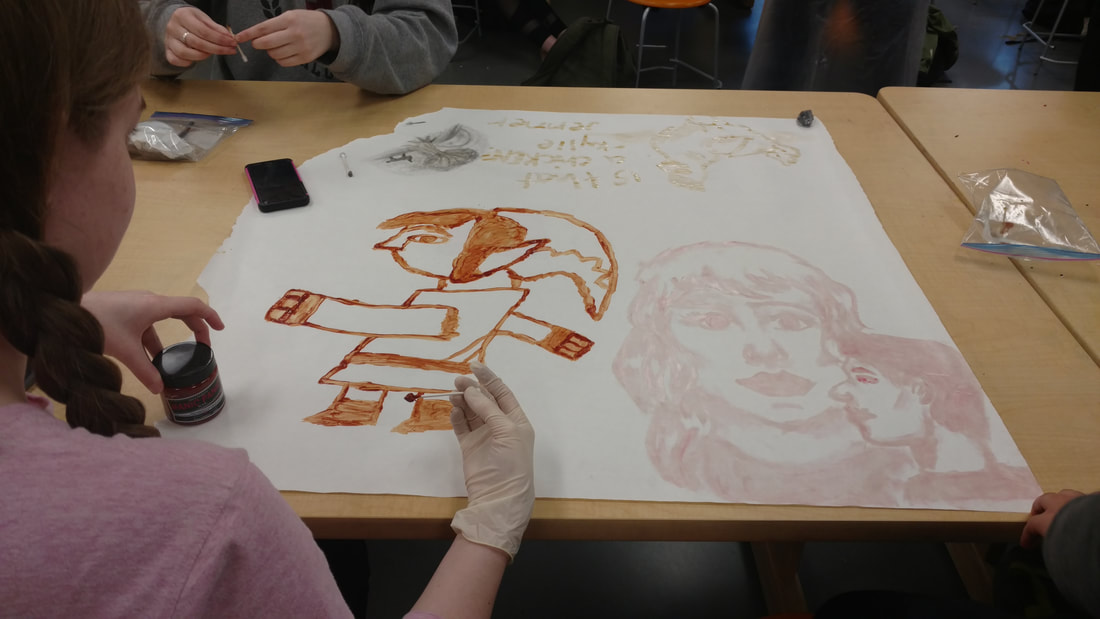


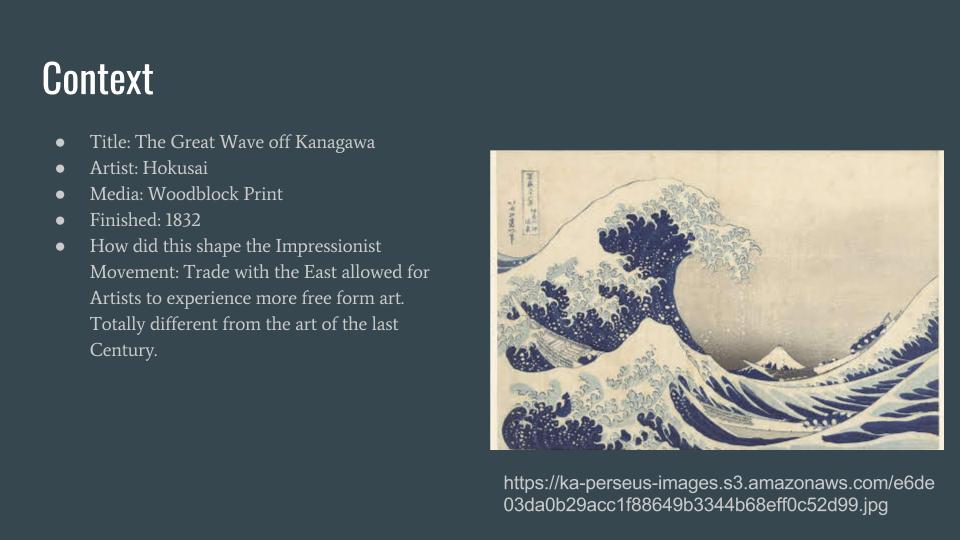
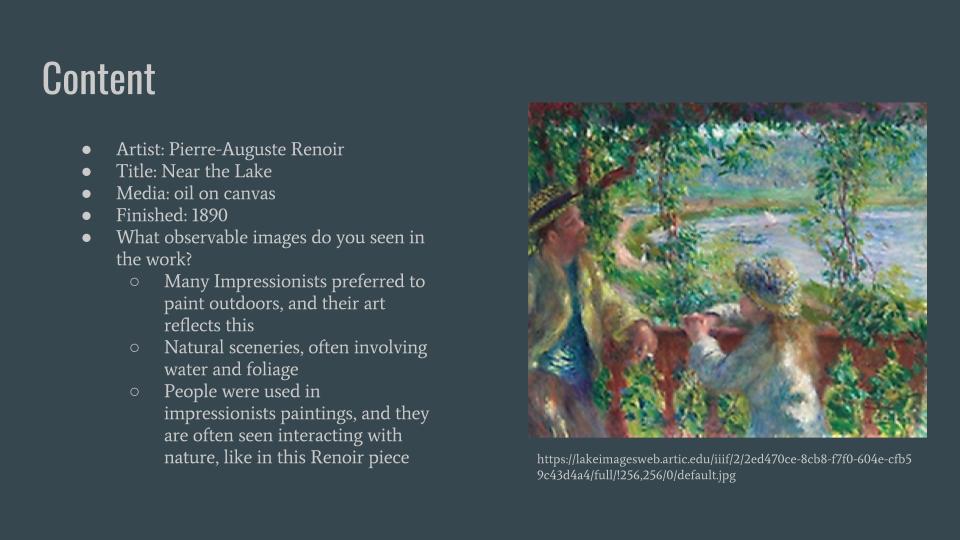
 RSS Feed
RSS Feed
